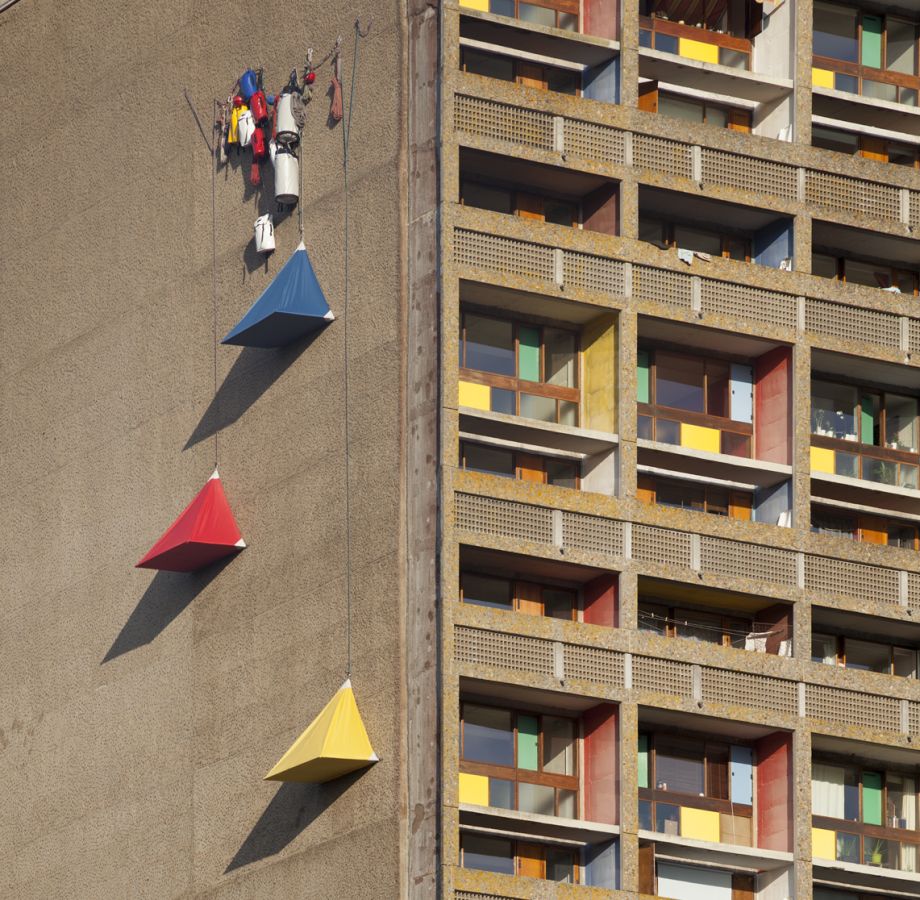
Benoît-Marie
Moriceau
Scaling Housing Unit
08.03.2023
Parcours proposé par Jane Freiman, étudiante américaine en littérature comparée à Brown University, assistante d’enseignement de langue anglaise dans un collège de Brest.
Ce parcours est une balade. Pendant que vous vous promenez, envisagez-vous comme flâneur/euse de la douceur. Soft architecture invites us to reflect on the ephemerality and softness of our built environment. Notice the movement of tarps, clouds, and tents. Pay attention to rhythms of temporality and flux. Immerse yourself in the terrain of surface. The poet Lisa Robertson writes about soft architecture in her book Occasional Work and Seven Walks from the Office for Soft Architecture. Regarding the scaffold, she says, “it shows us how to inhabit a surface as that surface fluctuates.” Soft architecture marks a departure from rigidity and durability. The works assembled here play with the idea of transience. […]
Ce parcours est une balade. Pendant que vous vous promenez, envisagez-vous comme flâneur/euse de la douceur.
Soft architecture invites us to reflect on the ephemerality and softness of our built environment. Notice the movement of tarps, clouds, and tents. Pay attention to rhythms of temporality and flux. Immerse yourself in the terrain of surface. The poet Lisa Robertson writes about soft architecture in her book Occasional Work and Seven Walks from the Office for Soft Architecture. Regarding the scaffold, she says, “it shows us how to inhabit a surface as that surface fluctuates.” Soft architecture marks a departure from rigidity and durability.
The works assembled here play with the idea of transience. Look, for example, to the hut which is destroyed and rebuilt every day over the course of an installation (Anaïs Touchot), or to the façade of an concrete multi-story building that is ornamented with tents, creating a contrast between two different systems of habitation, one sturdy and the other ephemeral (Benoît Marie-Moriceau).
Many of these works feature permeable or temporary structures. For example, Catherine Rannou’s precarious abri scientifique made out of packaging waste, or Jean-Marc Nicolas’ transparent and movable Mobil-Home. However, a methodology of soft architecture is not only about buildings and shelters, but an abundance of materialities of the built environment. Fishing line, plastic, and netting decorate the landscape, often resembling textiles or clothing. The texture of their surfaces insist on the body in the environments of softness that surround us. For, though works of art may aid our attentiveness to plasticity, soft architecture is everywhere; it is merely a matter of noticing it in our daily routes.

Scaling Housing Unit

Scaling Housing Unit
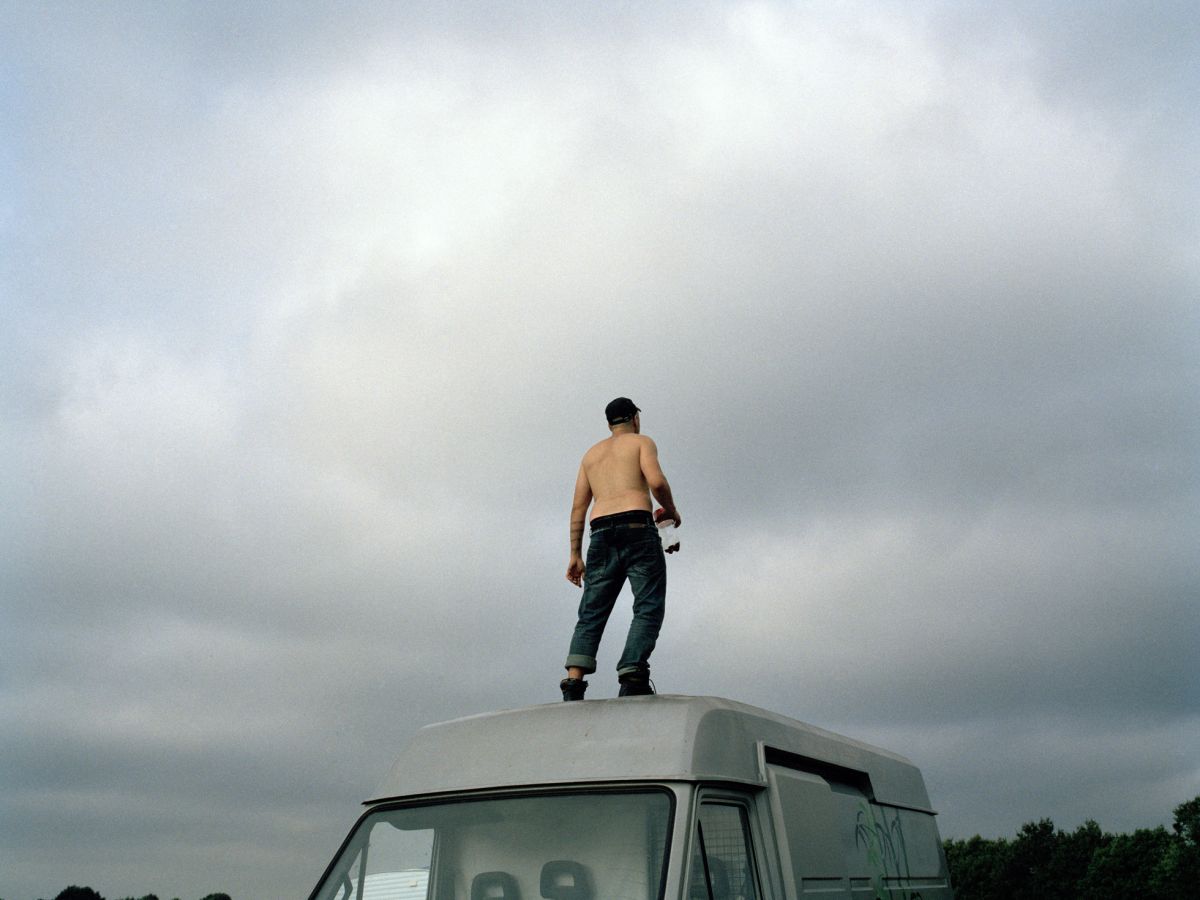
Murs de l'Atlantique

Murs de l'Atlantique
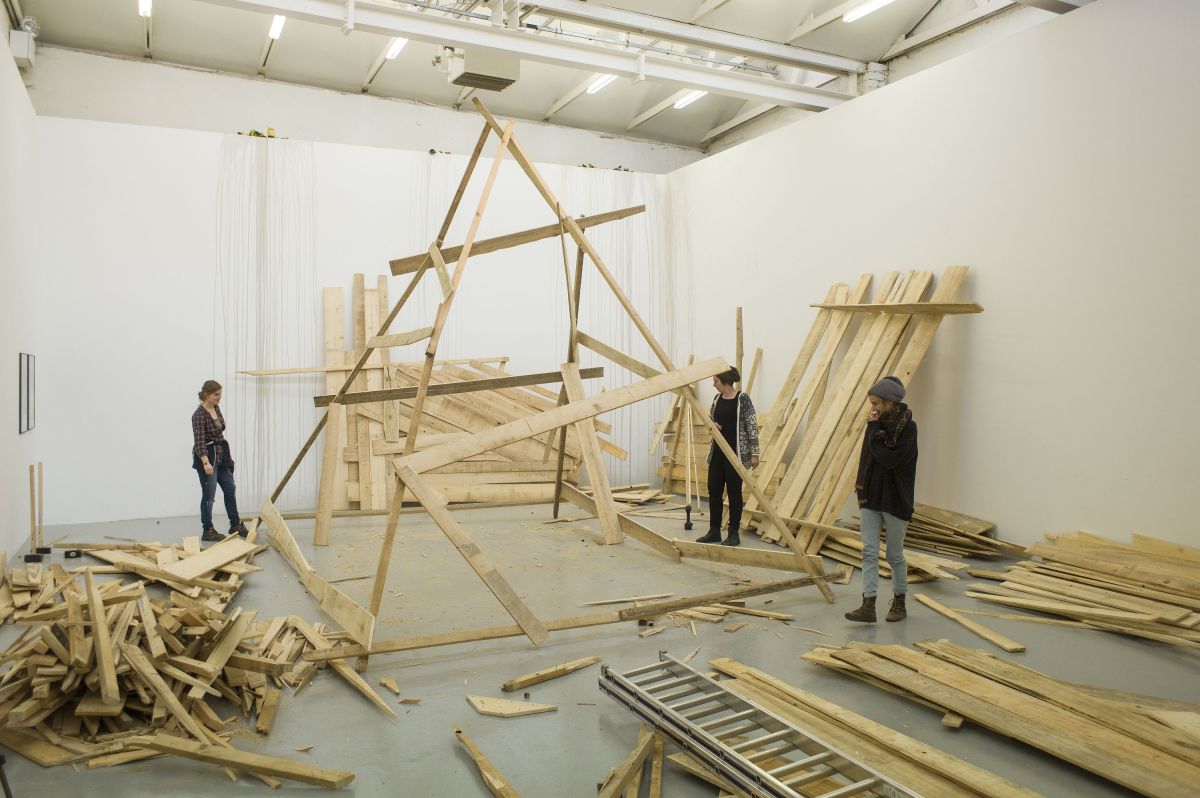
Si j'étais démolisseur
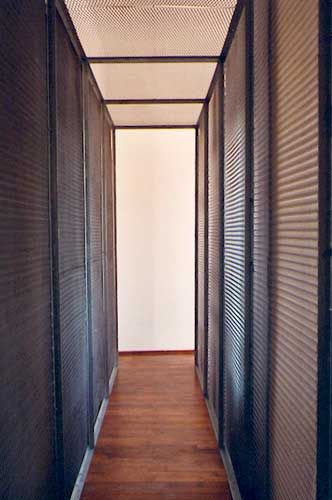
Œuvres avant 2000

Paysage emprunté 2
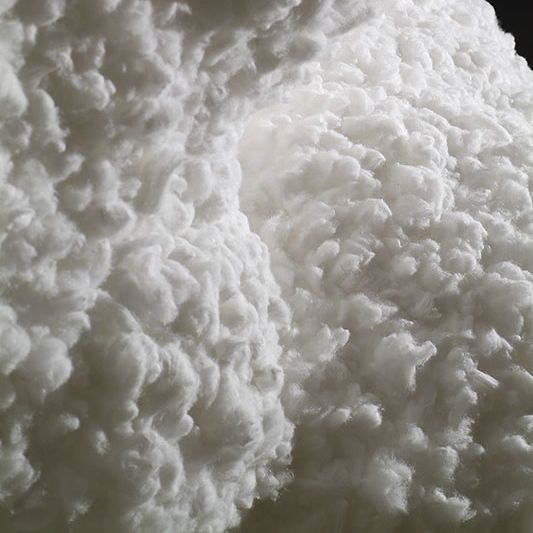
Averses
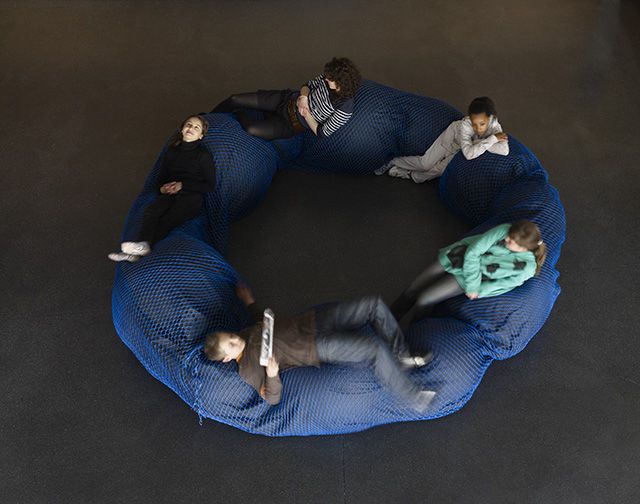
Adada
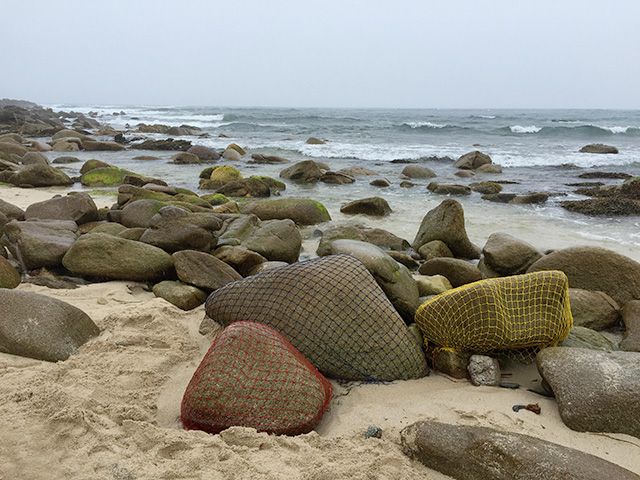
La pêche aux cailloux
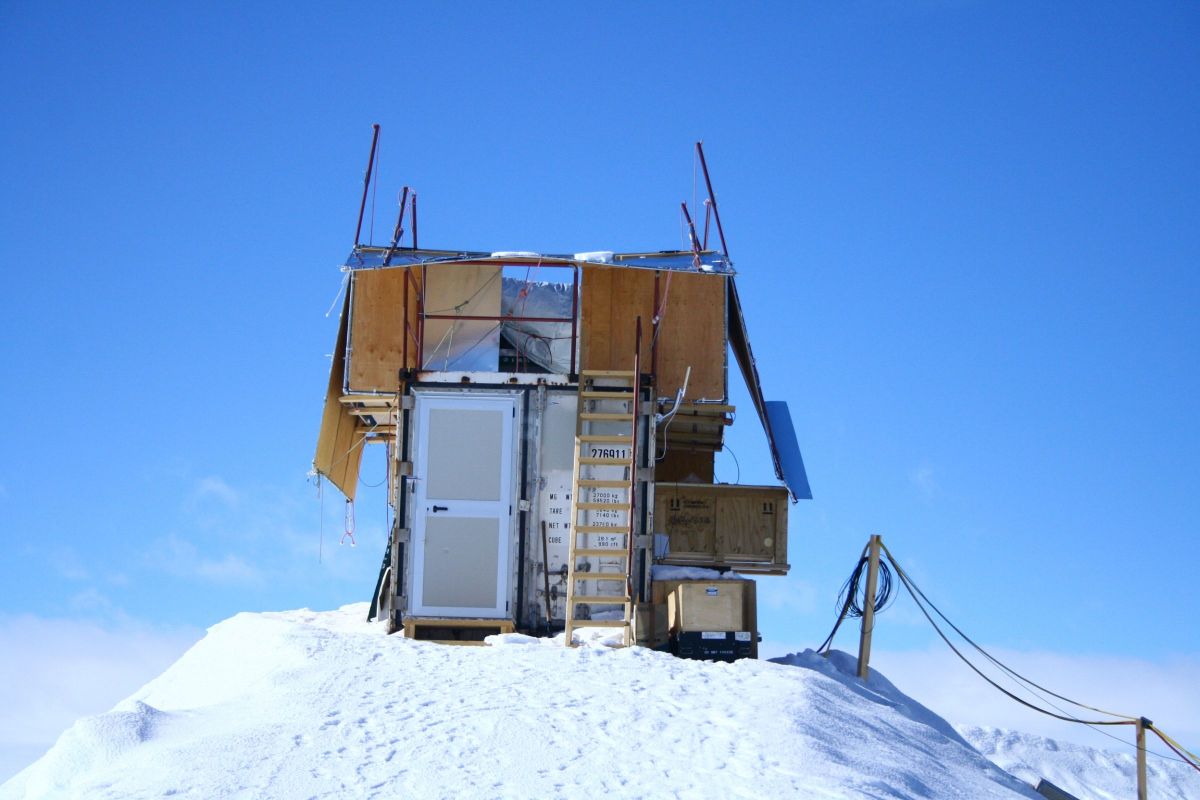
Antarctique
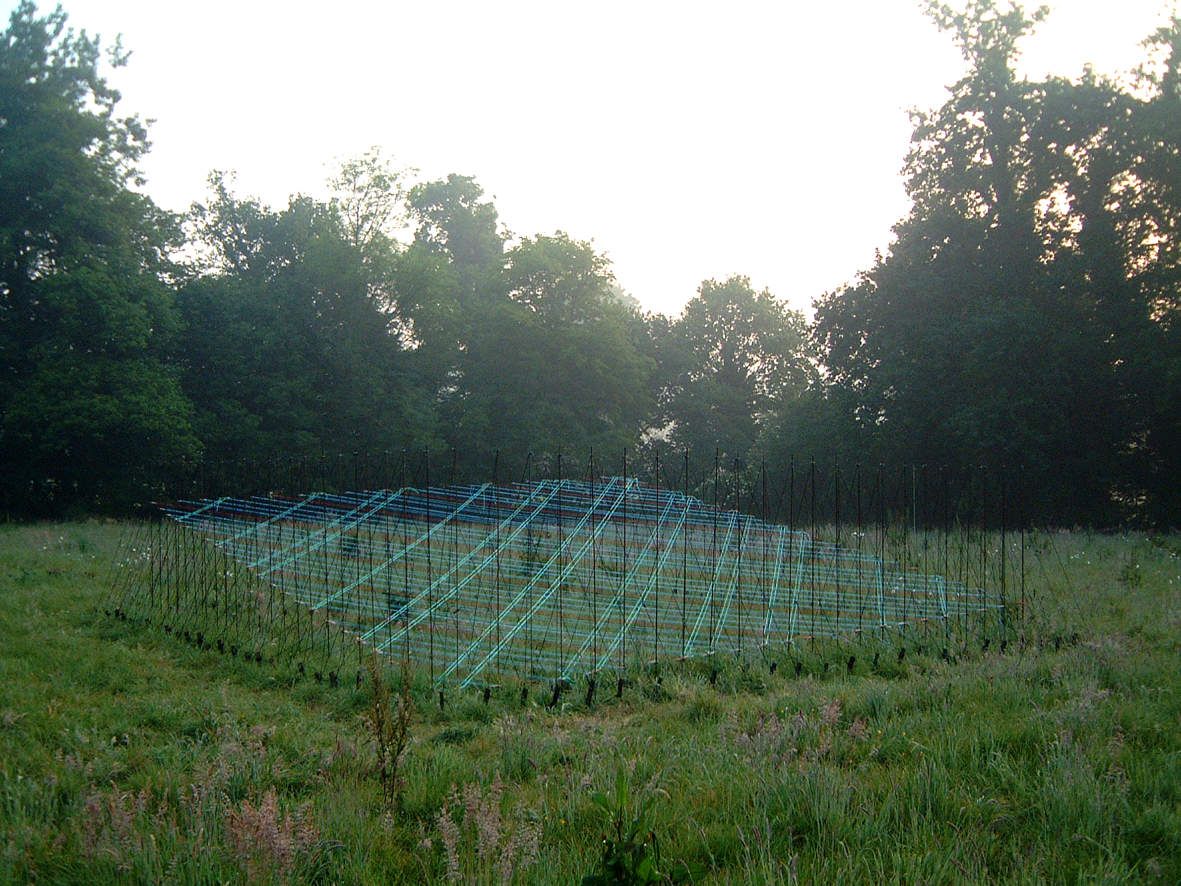
Fields
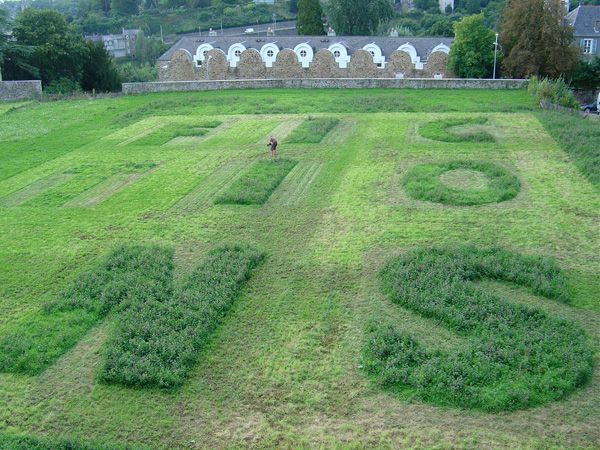
Fictions
08.03.2023
Parcours proposé par Jane Freiman, étudiante américaine en littérature comparée à Brown University, assistante d’enseignement de langue anglaise dans un collège de Brest.
Ce parcours est une balade. Pendant que vous vous promenez, envisagez-vous comme flâneur/euse de la douceur. Soft architecture invites us to reflect on the ephemerality and softness of our built environment. Notice the movement of tarps, clouds, and tents. Pay attention to rhythms of temporality and flux. Immerse yourself in the terrain of surface. The poet Lisa Robertson writes about soft architecture in her book Occasional Work and Seven Walks from the Office for Soft Architecture. Regarding the scaffold, she says, “it shows us how to inhabit a surface as that surface fluctuates.” Soft architecture marks a departure from rigidity and durability. The works assembled here play with the idea of transience. […]
Ce parcours est une balade. Pendant que vous vous promenez, envisagez-vous comme flâneur/euse de la douceur.
Soft architecture invites us to reflect on the ephemerality and softness of our built environment. Notice the movement of tarps, clouds, and tents. Pay attention to rhythms of temporality and flux. Immerse yourself in the terrain of surface. The poet Lisa Robertson writes about soft architecture in her book Occasional Work and Seven Walks from the Office for Soft Architecture. Regarding the scaffold, she says, “it shows us how to inhabit a surface as that surface fluctuates.” Soft architecture marks a departure from rigidity and durability.
The works assembled here play with the idea of transience. Look, for example, to the hut which is destroyed and rebuilt every day over the course of an installation (Anaïs Touchot), or to the façade of an concrete multi-story building that is ornamented with tents, creating a contrast between two different systems of habitation, one sturdy and the other ephemeral (Benoît Marie-Moriceau).
Many of these works feature permeable or temporary structures. For example, Catherine Rannou’s precarious abri scientifique made out of packaging waste, or Jean-Marc Nicolas’ transparent and movable Mobil-Home. However, a methodology of soft architecture is not only about buildings and shelters, but an abundance of materialities of the built environment. Fishing line, plastic, and netting decorate the landscape, often resembling textiles or clothing. The texture of their surfaces insist on the body in the environments of softness that surround us. For, though works of art may aid our attentiveness to plasticity, soft architecture is everywhere; it is merely a matter of noticing it in our daily routes.

Scaling Housing Unit

Scaling Housing Unit

Murs de l'Atlantique

Murs de l'Atlantique

Si j'étais démolisseur

Œuvres avant 2000

Paysage emprunté 2

Averses

Adada

La pêche aux cailloux

Antarctique

Fields

Fictions